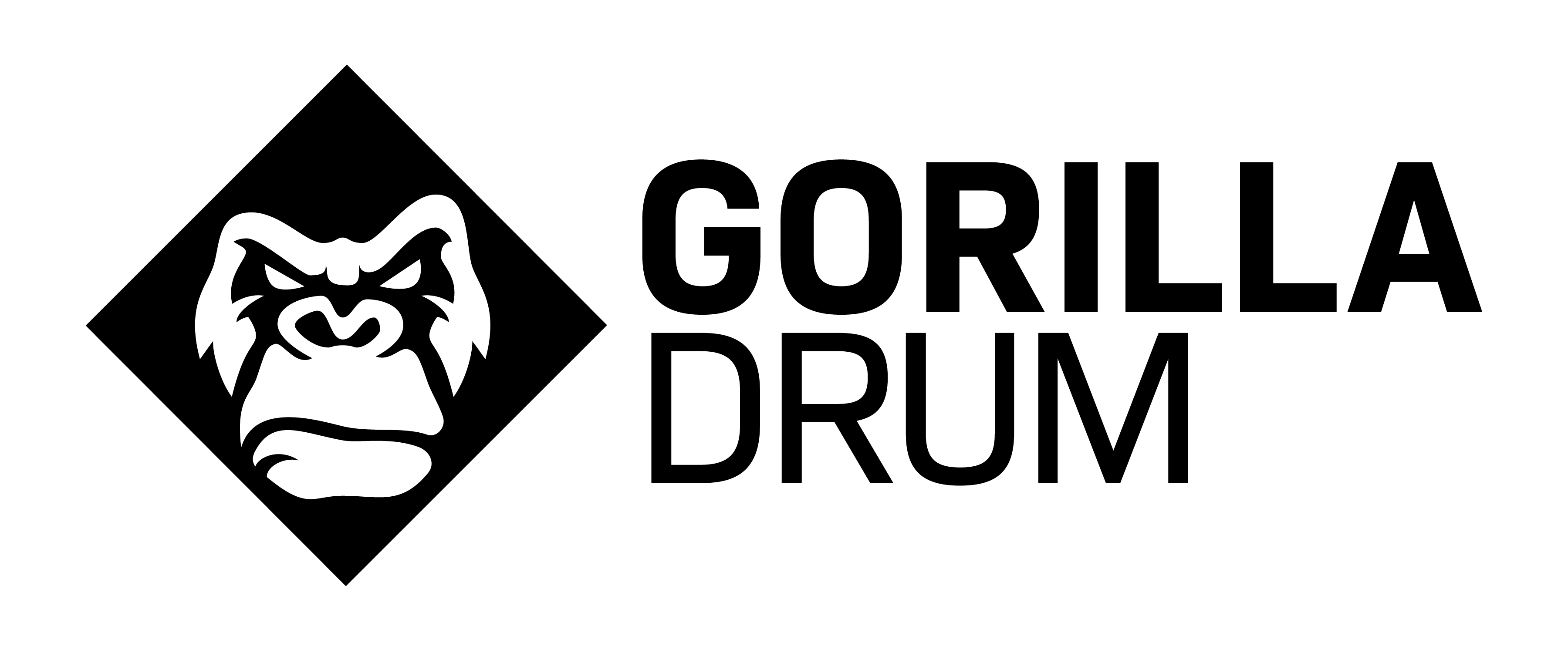3 min read
What to Know About the Three Major Packing Groups for Hazardous Waste
Winston B. Kong
Mar 18, 2024 11:04:13 AM

Not all hazardous waste solids are created equal, and, in fact, there are significant differences in the classifications of hazmat waste and the ideal containers to pack and transport waste materials. What’s more, the different classes of hazmat waste — also called packing groups — present different challenges in protecting both the environment and waste hauling employees from exposure to hazardous or toxic materials.
Understanding the difference between hazmat Packing Groups I, II, and III is key for waste haulers in choosing a containment and transportation solution that is safe, efficient, and helps drive productivity. Here, we’ll look at what waste haulers need to know about the three major packing groups for hazardous waste, and how Gorilla Drum™ can help haulers optimize the containment and shipping of each packing group.
What is a packing group?
Hazardous materials are classified or categorized by the risk they pose and the ideal solution required to safely contain such material. For instance, highly corrosive materials are not ideal for use with metal containers, as these materials may react with the metal surface and compromise the structural integrity of the container.
The packing group hierarchy is overseen and enforced by several regulatory agencies, including The Department of Transportation (DOT) and The Federal Aviation Administration (FAA). As such, hazmat containment and transportation solutions must undergo a variety of tests in order to carry DOT certifications for the safe packing and shipping of hazmat waste solids and liquids.
What is Packing Group I?
Packing Group I consists of hazardous materials that present the highest level of danger or risk in containment and transportation. Hazardous materials in Packing Group I require highly durable and reliable packing solutions. Some examples of the kinds of hazmat waste in Packing Group I include:
- Adhesives containing flammable liquids or components
- Industrial coatings
- Commercial printing ink components
- Any kind of corrosive material
What is Packing Group II?
Packing Group II contains any hazardous waste that poses a medium level of danger or risk in safe containment and shipping. Hazardous waste materials in Packing Group II still demand strong, reliable containers, though the slightly decreased level of environmental danger with these materials does allow for more flexibility and versatility in the ideal containment solution.
Some examples of the kinds of hazmat waste in Packing Group II include:
- Adhesives containing flammable materials
- Acetone
- Coal or tar distillates
- Paint
What is Packing Group III?
Packing Group III contains any hazardous waste that poses the lowest level of danger or risk in containment and transportation. As such, waste materials in Packing Group III require the least stringent protective qualities, though containment solutions in Packing Group III must still submit to the same DOT testing in order to be certified for waste hauling use.
Some examples of the kinds of hazmat waste in Packing Group III include:
- Perfume and cosmetic products
- Cotton
- Wool
- Textile waste
What makes Gorilla Drum™ the ideal containment and shipping solution for Packing Groups I, II, and III?
Part of what makes Gorilla Drum™ more efficient than traditional 55-gallon steel drums is its capacity to be used in a variety of industry applications without alterations or modifications. What’s more, the disposable inner liner makes it fast and simple to repurpose the unit without the intense and costly cleaning of steel drums.
Gorilla Drum™ is DOT and UN certified, and our steel drum alternative can be used to transport hazardous materials in Packing Groups I, II, and III.
A standard Gorilla Drum™ unit can be used in applications such as:
- Waste hauling and disposal — haz and non-haz solids
- Lab packs — laboratories, hospitals, and universities
- Medical/healthcare packaging and transportation
- B2B shipping/packaging
- Sustainable packaging
What’s more, Gorilla Drum™ is the most versatile and flexible hazmat waste hauling solution on the market today. Weighing just 7.5 lbs (unfilled), each unit is completely foldable via a flexible corrugated plastic frame that doesn’t sacrifice durability and reliability. With a weight capacity of 452 lbs. and a 6:1 safety factor, Gorilla Drum™ can help today’s waste haulers optimize productivity and efficiency regardless of the application.
Plus, Gorilla Drum™ can help waste haulers reduce their reliance on FTLs by fitting 80 (unfilled) units per pallet for a total of 4,160 per standard semi. This represents a 20x increase compared to traditional steel drums, and this increased capacity means a more cost-effective way of hauling waste from A to B.
Learn more about how Gorilla Drum stacks up to other waste hauling solutions.

